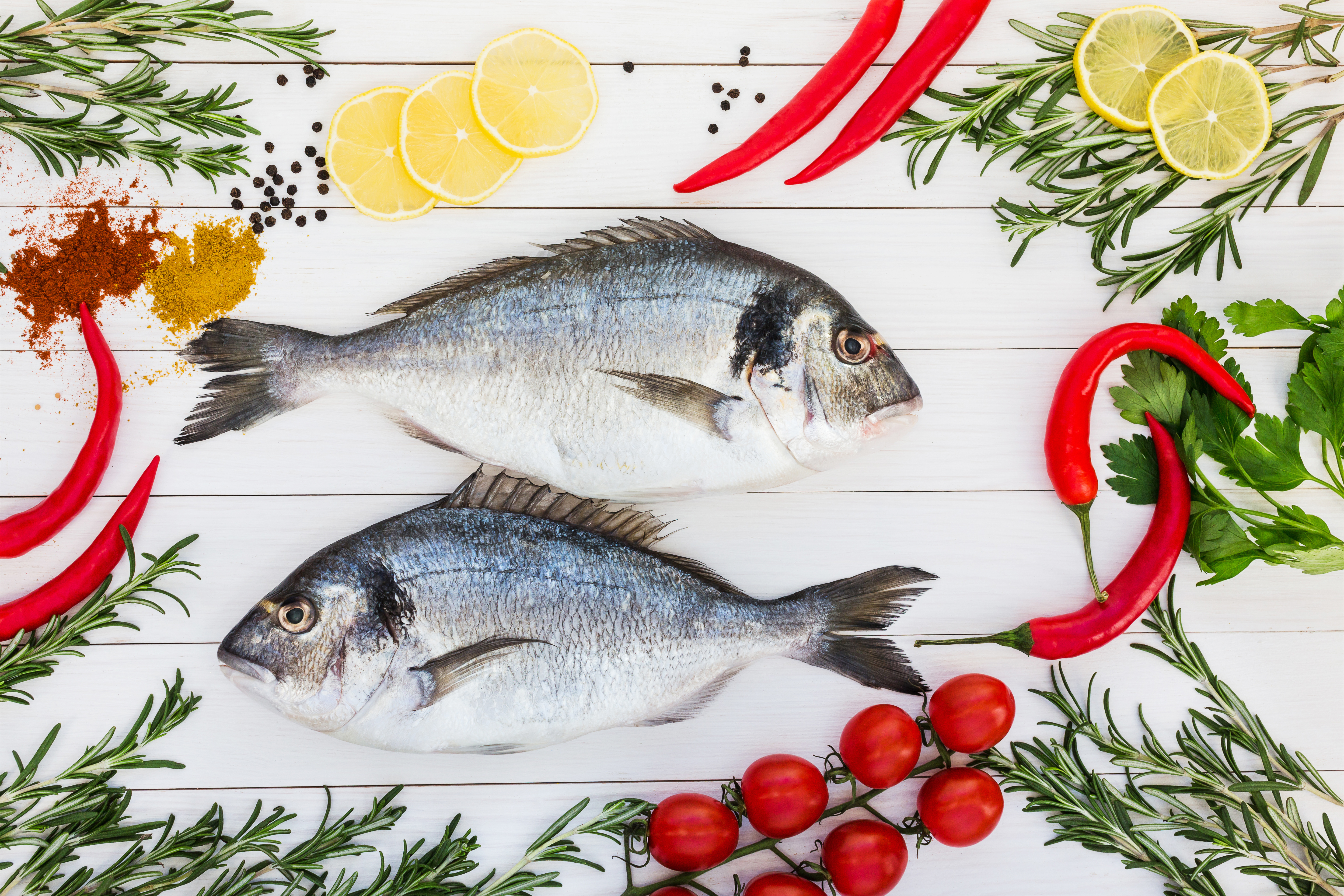
What’s on the label or the menu might not be what you think you are getting when it comes to fish. And to make matters worse, lax oversight and fraudulent practices occur so that more often than not even the vendor doesn’t always know that the species of fish they sell is misrepresented.
A 2012 study by Oceana, a nonprofit marine conservation group http://oceana.org/ , used DNA testing and found widespread mislabeling in seafood restaurants and in retail stores. There was fraud in every seafood restaurant that they tested. In New York City, for example, of 25 sushi samples tested, 76% were mislabeled and 100% of the sushi venues sold mislabeled fish. Sushi labeled white tuna is often escolar, a species of snake mackerel that can cause serious gastrointestinal problems. Escolare has been banned in Italy and Japan and has been dubbed “the ex-lax fish.”
The most pervasive fraud was found in red snapper. Getting the real thing on menus anywhere in the U.S. happens less than 6% of the time. Unless you are sitting by the dock where it came from or you are in a high end seafood restaurant (read: very expensive) just avoid red snapper. A common substitute for red snapper is farmed tilapia from China or Taiwan. Asian aquaculture operations use unapproved or banned antibiotics, antiparasitic drugs and other toxic chemicals associated with aquaculture. Furthermore, farmed tilapia is rated as a fish to be avoided by the Monterey Bay Aquarium’s Seafood Watch due to its damaging effects on marine ecosystems.
Fish labeled grouper and halibut were found to be tilefish – a fish so high in mercury that it is on the DO NOT EAT list for pregnant women, nursing mothers and children. Pangasius or Cambodian ponga, a farmed fish from Asia was found to be substituted for Pacific cod.
The third highest incidences of fish fraud were found with mislabeled salmon.

Wild salmon
Most often salmon labeled as wild-caught were actually farmed Atlantic salmon with all the troubling aspects for our health and the environment of aquaculture operations. Steelhead trout and rainbow trout (mostly farmed fish) were also substituted for salmon. A telltale sign in determining if salmon is wild-caught or farmed is the color. A natural diet of krill, tiny crustaceans which provide the rich Omega-3 content of wild salmon, imparts salmon’s signature red hue. In farmed operations where salmon are raised on an unnatural diet of grains and other foods, dyes are added to create that red color, which leaches out in cooking. Wild salmon remains a dark red throughout the cooking process.
Shrimp is often passed off as wild caught when it is actually farmed shrimp from Asia. Scallops are routinely soaked in phosphates to increase their weight (and price).
Tips for Eating Out
- Avoid white tuna
- Never order red snapper
- Salmon and shrimp are likely farmed and not wild
- Crab is usually an imitation crab
- Be wary of grouper
- Try asking specifically where the fish came from
- Ordering whole fish allows you to see it
Buying guide for authenticity and sustainability
Seek out a trusted and knowledgeable fish monger if you can. Sometimes the big-box stores are better choices in that they have more leverage to control their sources. Carefully read labels and follow some of the tips below:
- Buy American – for health, the environment and authenticity reasons, it is usually best to buy domestic seafood.
- Choose Alaskan – that’s American, too, but Alaskan seafood is the most reliable. Alaska outlaws fish farming and all is wild caught. Wild Alaskan salmon has so far not been over-fished and there are little traces of the contaminants, heavy metal or organochlorines found in fish from other parts of the world.
- Do not buy foreign farmed fish – just don’t!
- Look for a third-party certification. Be aware that manufacturers and industry groups can create their own seals of approval. The words “natural” “fresh” “organic” or “sushi grade” have no legal meaning. Here are some certifications that you can trust:
The Marine Stewardship Council (MSC). https://www.msc.org/
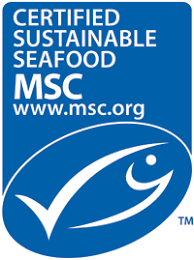
The Gulf Wild seal for Gulf Coast shrimp:
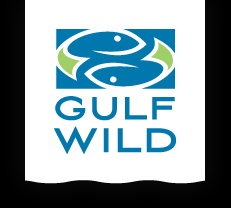
For farmed fish buy American products with this certification from the Global Aquatic Aquaculture Alliance Best Aquaculture Practices 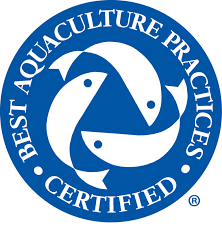
For Maine seafood https://www.gmri.org/
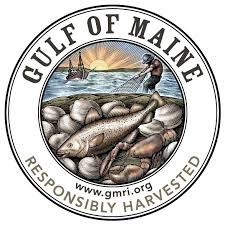
References
Campaign. (n.d.). Retrieved January 29, 2018, from http://oceana.org/our-campaigns/seafood_fraud/campaign
Fraud | FishWatch. (n.d.). Retrieved January 29, 2018, from https://www.fishwatch.gov/eating-seafood/fraud
Oceana Study Reveals Seafood Fraud Nationwide. (n.d.). Retrieved January 29, 2018, from http://oceana.org/reports/oceana-study-reveals-seafood-fraud-nationwide
Olmsted, L. (2016). Real food fake food: why you don’t know what you’re eating & what you can do about it (First edition). Chapel Hill, North Carolina: Algonquin Books of Chapel Hill.
